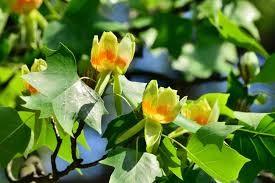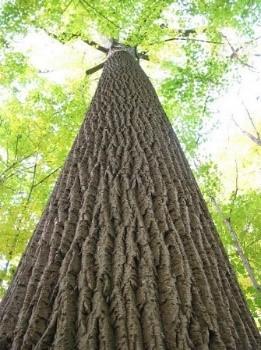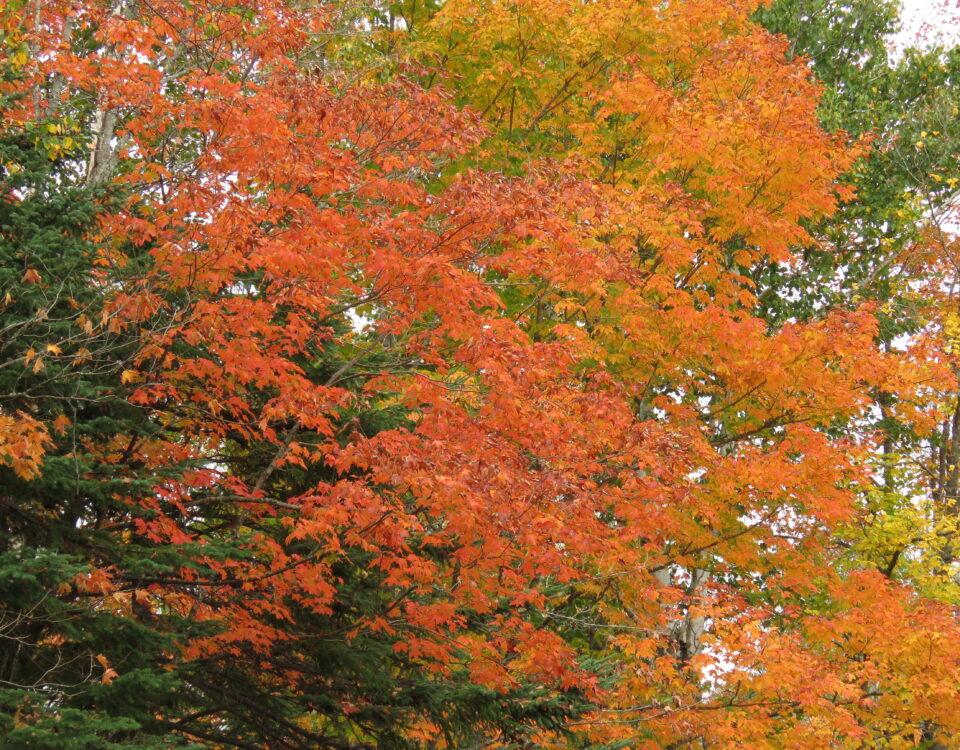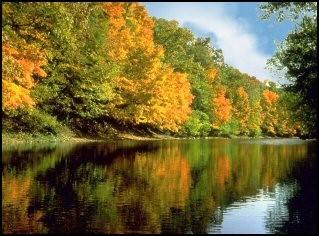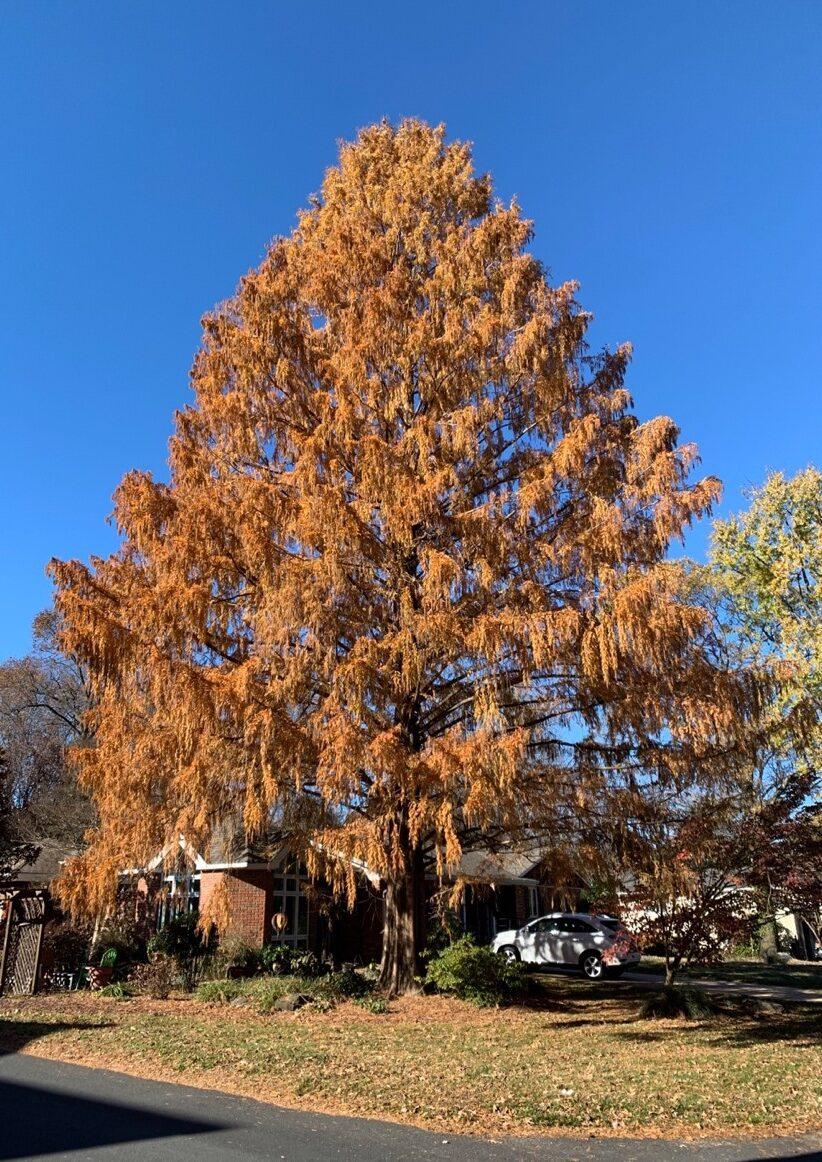
Cape Champion/Story Tree
March 13, 2023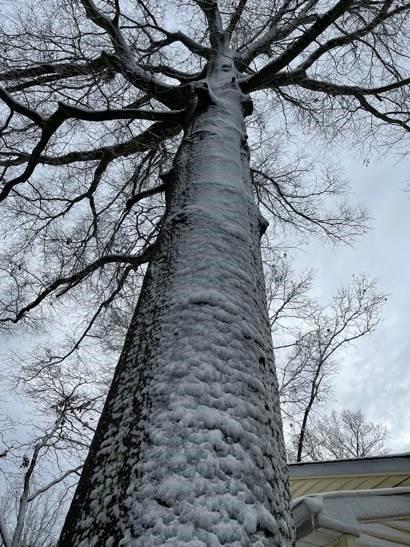
Cape Champion: Willow Oak
March 21, 2023Driving around the Cape recently, I have begun to take more notice of the incredible number of immense trees that shape our quality of life. My wife has gotten a bit tired of hearing me say, “Wow look at that monster” as I drive by an especially impressive specimen. Liriodendron tulipifera, known as the tulip tree, tulip or yellow poplar, is one of the most common big trees in our community. We measured a particularly big tree on River Bay that was a healthy 51” in diameter.
The Tulip Poplar is one of the most common hardwoods in North America and can be found from Ontario to Florida and from the Mississippi River to the Atlantic Ocean. It is also the tallest hardwood found in the ecosystem, commonly reaching over 120 feet. The champion tulip tree, found in the Great Smoky Mtns, is over 190’ tall! The tulip poplars’ strong wood, straight limbless trunk, and long lifespan makes it desirable. In fertile mesic soils, individual trees can live to 500 years.
I worked with a fish biologist in Virginia, who once showed me a photograph of a forest in the VA Piedmont taken in the mid-1800’s that rivaled the great western redwoods. It was a grove of dozens of tulip poplars, each one 5-6 feet in diameter and over 150 feet tall. This towering stand of nearly 300+ year old trees, was characteristic of what early colonists experienced. Native Americans used them almost exclusively for dugout canoes while settlers harvested them to build houses, ships, furniture, etc.
The Cape is filled with hundreds of 100-200 year old tulip poplar trees 3-4 feet in diameter and over 100’ tall. They are trees that grew up at the edges of farm fields and in hedgerows, or in patches left behind on steeper slopes back when the Cape was growing tobacco and grain rather than houses. Let’s celebrate the beauty of the unique heart-shaped leaf, the yellow-green flowers, and the dark brown deeply furrowed bark. Trees that are an exclusive host for the giant silkmoth and the tiger swallowtail butterfly and a source of nectar for honey. Let’s celebrate their shade in summer and its rusty yellow fall colors.


